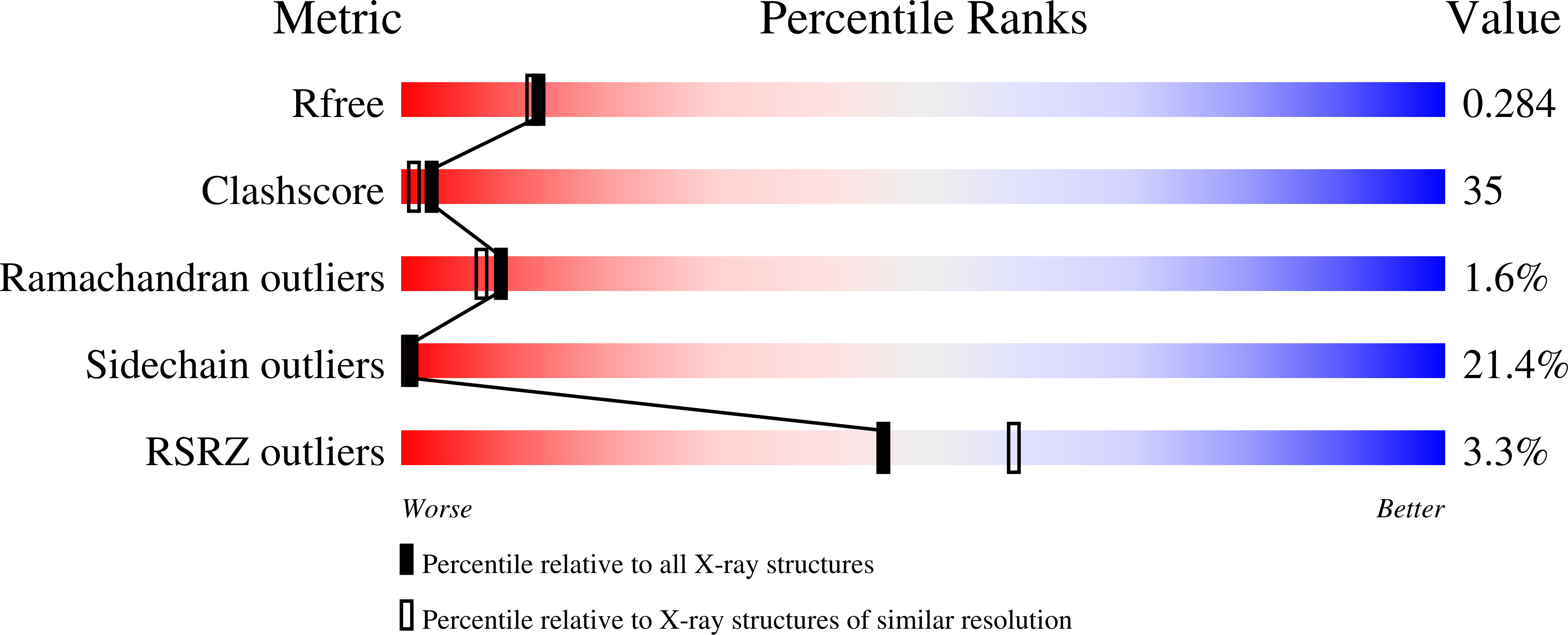
Deposition Date
2009-08-11
Release Date
2009-10-27
Last Version Date
2024-11-27
Entry Detail
PDB ID:
3IN0
Keywords:
Title:
Crystal structure of the F114P/M121Q variant of Pseudomonas aeruginosa azurin in the Cu(II) state
Biological Source:
Source Organism:
Pseudomonas aeruginosa (Taxon ID: 287)
Host Organism:
Method Details:
Experimental Method:
Resolution:
2.35 Å
R-Value Free:
0.28
R-Value Work:
0.24
R-Value Observed:
0.24
Space Group:
P 1


